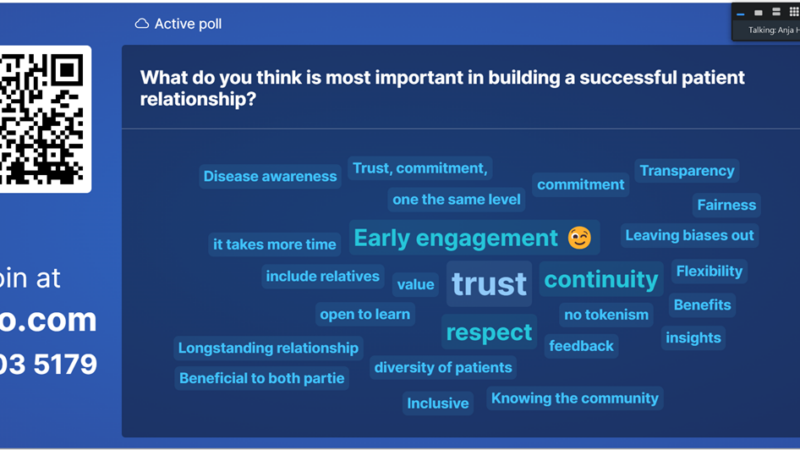
Level up
EUPATI Essentials is our newest training! It’s for those who already have experience in patient engagement. Build on your current knowledge or deep dive into more specific topics.
What will you learn?
Over 2-4 hours online you will upskill in
-

Module 1
Establishing successful relationships with patients
-

Module 2
Communication and cultural differences in the relationship with patients
-

Module 3
Patient engagement with special patient populations
We're flexible!
Your learning. Your way. EUPATI Essentials modules can be taken in any order. Choose what works for you! You will master the following skills…
-
![]()
Module 1: Relationships
- Ability to identify the core elements of a patient relationship
- understand the expectations from the relationship
- identify tasks within a patient relationship
- plan for patient engagement over the lifecycle of a project
- set up the right patient engagement framework
![]()
Module 2: Communication
- Understand the different elements of a message
- Learn how awareness helps communication
- Discover cultural differences in communication
- Identify how cultural differences influence relationships
- Orovide examples of cultural differences in patient engagement
![]()
Module 3: Specific Populations
- Define special patient populations e.g. children, adolescents, those with cognitive decline
- Understand their needs and how to develop contact with them
- Familiarise the guidelines on working with these groups
- Understand good practices and practical examples of specific patient populations
Designed with you in mind
-

Small groups
-

Interactive
-
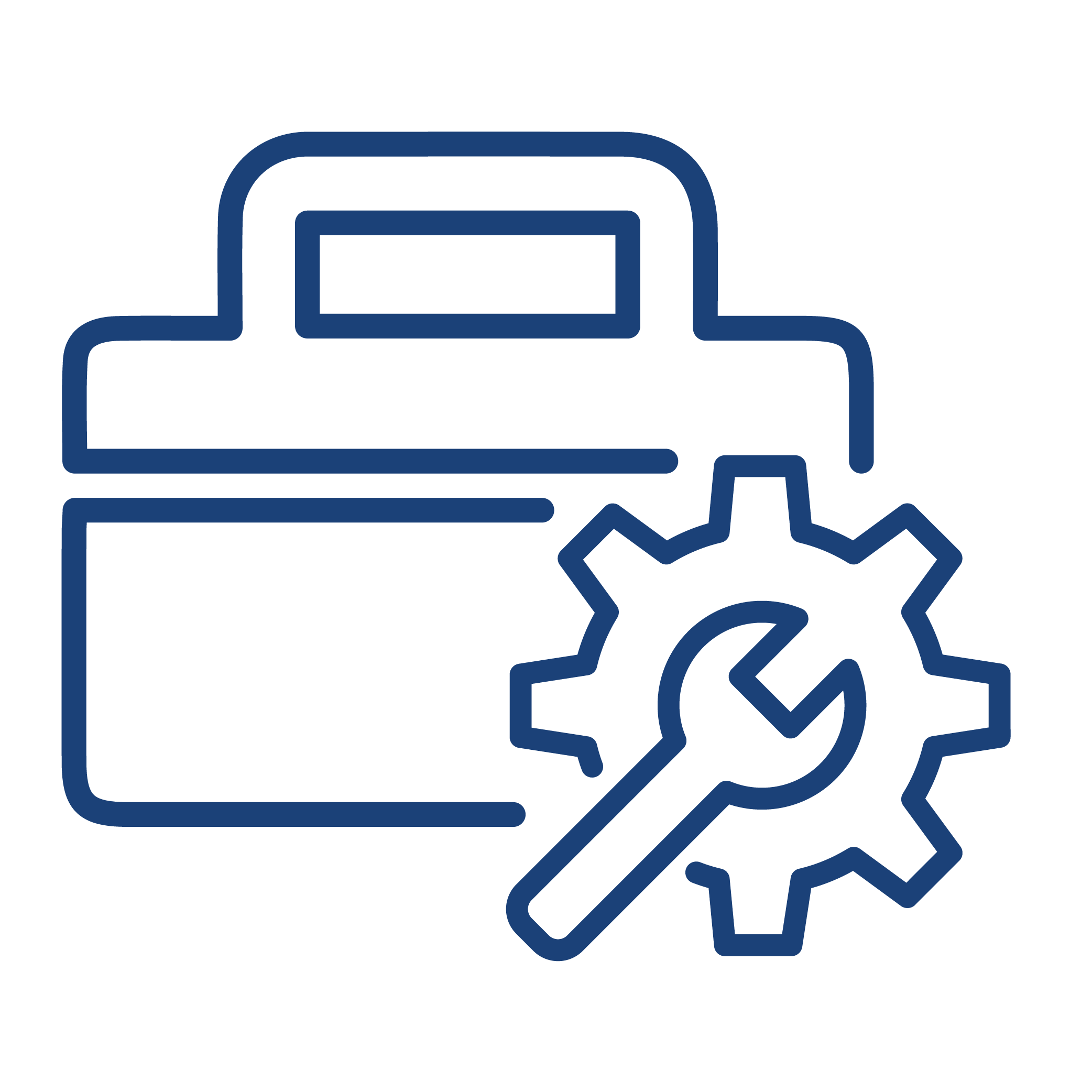
Problem-based learning
-

Accessible
-
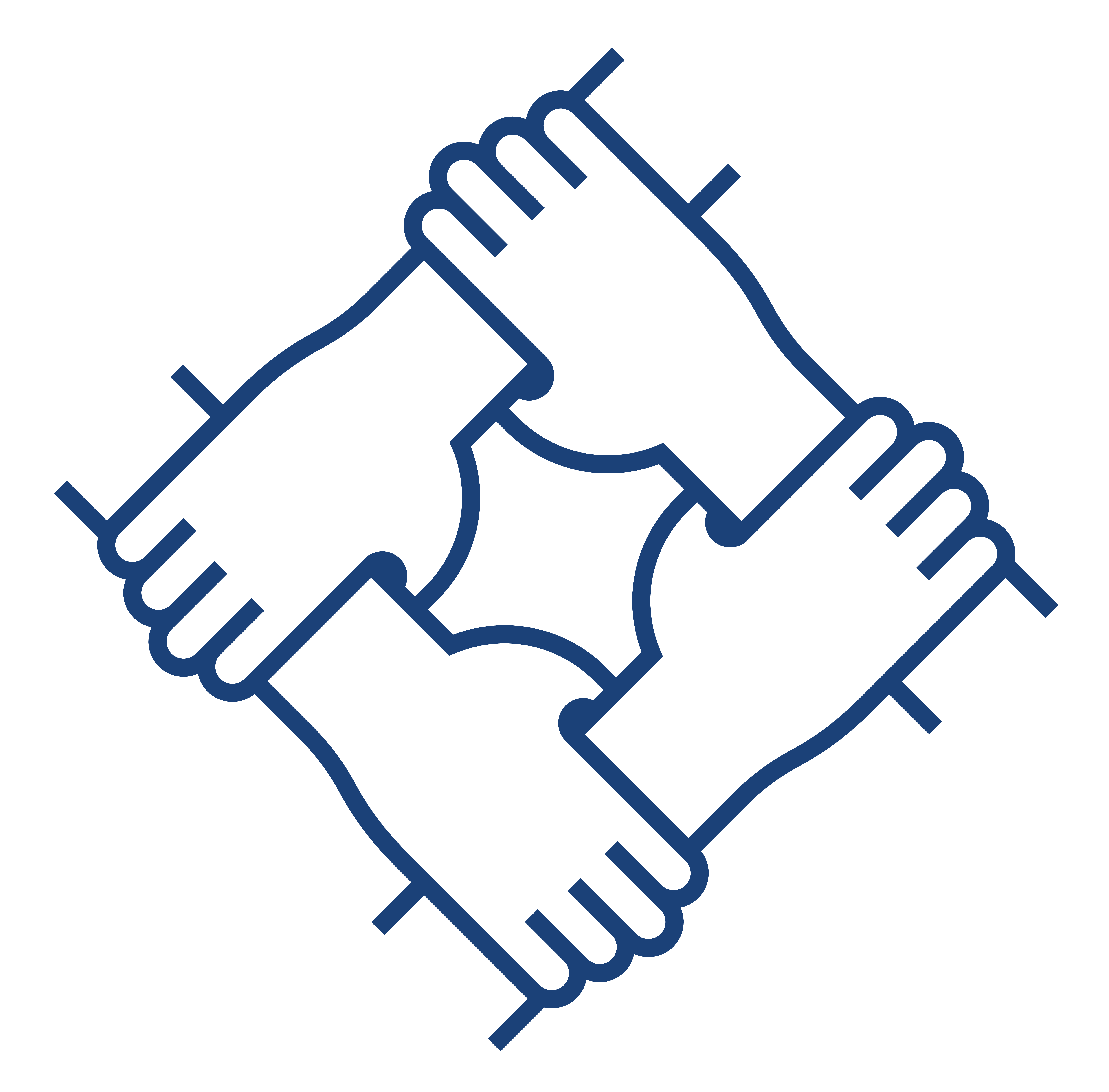
Co-Delivered
Why choose us?
With years of training experience choosing us easy
-

Multi-stakeholder
Co-designed & delivered with patients, academia, industry
-

10 year track record
Extensive experience in education and learning
-

Patient experience
Access to patients with deep knowledge & experience
-

Networking with others
Expand beyond your network beyond your organisation
Our impact
-
![]()
196
Fundamentals Trainees
-
![]()
40
Essentials Trainees
-
![]()
856
Customised Trainees
-
![]()
115
Organisations
Register today
Secure your spot in one of our upcoming EUPATI Essentials trainings for 2024. Costs range from €495 – €925 (excl VAT)
-

EUPATI Essentials (M1)
24 April 2024
-

EUPATI Essentials (M1)
18 September 2024
-

EUPATI Essentials (M2)
11 December 2024
Want to invest in life long learning?
Continue your learning journey with our complementary trainings portfolio
FURTHER READING
-
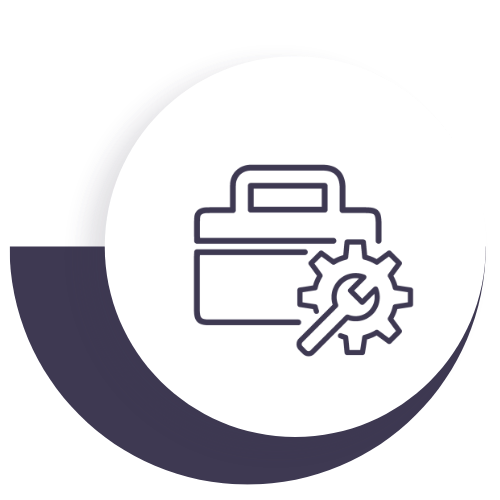
EUPATI TOOLBOX
OTHER TRAININGS
-
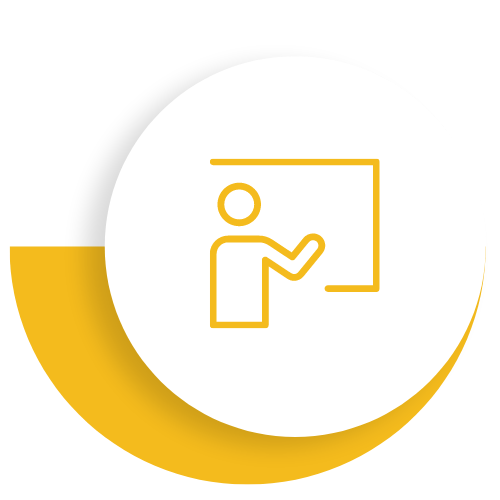
EUPATI FUNDAMENTALS
-

EUPATI CUSTOMISED
What others are saying









